Maximizing Human Capital: The Key to Effective Management
In today’s rapidly evolving business landscape, understanding human capital is paramount for organizations aiming to thrive. Human capital refers to the collective skills, knowledge, and experience possessed by an organization’s workforce. It is not merely a resource; it is the backbone of any successful enterprise.
By recognizing the value of human capital, we can strategically align our workforce management practices to enhance productivity and drive business transformation. At ImpactHXM, we believe that a deep understanding of human capital allows organizations to make informed decisions about talent acquisition, development, and retention. By leveraging advanced HR technology, we can analyze workforce data to identify skill gaps, predict future talent needs, and create targeted development programs.
This data-driven approach not only optimizes human resources but also fosters a culture of continuous improvement and innovation.
Key Takeaways
- Human capital refers to the skills, knowledge, and experience that employees bring to an organization.
- Recruiting and retaining talent is crucial for the success of any business.
- Developing and training employees is essential for their growth and the growth of the organization.
- A positive work environment is key to employee satisfaction and productivity.
- Empowering and motivating employees leads to higher engagement and better performance.
Recruiting and Retaining Talent
Recruiting and retaining top talent is a critical challenge for organizations in today’s competitive market. The process of attracting the right candidates requires a strategic approach that goes beyond traditional hiring practices. We must utilize cutting-edge HR technology to streamline recruitment processes, enhance candidate experiences, and ensure that we are selecting individuals who align with our organizational values and goals.
Retention is equally important; it is often more cost-effective to nurture existing talent than to constantly seek new hires. By implementing robust workforce management strategies, we can create an environment where employees feel valued and engaged. This includes offering competitive compensation packages, opportunities for career advancement, and fostering a culture of recognition.
When employees see a clear path for growth within the organization, they are more likely to remain committed and contribute to long-term success.
Developing and Training Employees
Employee development and training are essential components of a thriving workforce. Investing in our employees’ growth not only enhances their skills but also boosts morale and job satisfaction. We must prioritize continuous learning opportunities that cater to diverse learning styles and career aspirations.
By leveraging HR technology, we can create personalized development plans that align with both individual goals and organizational objectives. Moreover, training programs should be designed to be engaging and relevant. Utilizing innovative methods such as e-learning platforms, virtual workshops, and mentorship programs can significantly enhance the learning experience.
At ImpactHXM, we advocate for a culture of lifelong learning where employees are encouraged to pursue professional development actively. This commitment to growth not only benefits the individual but also strengthens the organization as a whole.
Fostering a Positive Work Environment
| Metrics | Results |
|---|---|
| Employee Satisfaction | 85% |
| Employee Turnover Rate | 10% |
| Team Collaboration | 90% |
| Workplace Flexibility | 95% |
A positive work environment is crucial for employee satisfaction and productivity. We must cultivate a workplace culture that promotes collaboration, respect, and open communication. By fostering an inclusive atmosphere where diverse perspectives are valued, we can enhance creativity and innovation within our teams.
Additionally, it is essential to recognize the role of leadership in shaping workplace culture. Leaders should model positive behaviors and actively engage with their teams to build trust and rapport. Regular feedback sessions, team-building activities, and recognition programs can further reinforce a sense of belonging among employees.
At ImpactHXM, we understand that a positive work environment not only attracts top talent but also retains it, ultimately driving business success.
Empowering and Motivating Employees
Empowering employees is key to unlocking their full potential. We must create an environment where individuals feel confident in their abilities and are encouraged to take initiative. This empowerment can be achieved through delegation of responsibilities, providing autonomy in decision-making, and fostering a culture of accountability.
Motivation is equally important; it drives performance and engagement. We should implement strategies that recognize and reward employee contributions, whether through financial incentives or non-monetary recognition programs. By aligning individual goals with organizational objectives, we can create a sense of purpose that motivates employees to excel in their roles.
At ImpactHXM, we believe that empowered and motivated employees are the driving force behind successful business transformation.
Leveraging Diversity and Inclusion
Diversity and inclusion are not just buzzwords; they are essential components of a successful workforce strategy. We must actively seek to create a diverse workforce that reflects the communities we serve. By embracing different backgrounds, experiences, and perspectives, we can foster innovation and creativity within our teams.
Inclusion goes hand-in-hand with diversity; it is about creating an environment where all employees feel valued and respected. We should implement policies that promote equal opportunities for all individuals, regardless of their background.
Training programs focused on unconscious bias and cultural competency can help raise awareness and promote inclusivity within the organization.
At ImpactHXM, we recognize that leveraging diversity and inclusion not only enhances employee satisfaction but also drives better business outcomes.
Managing Performance and Feedback
Effective performance management is crucial for driving employee engagement and organizational success. We must establish clear performance expectations and provide regular feedback to employees throughout the year—not just during annual reviews. Continuous feedback fosters a culture of accountability and encourages employees to take ownership of their performance.
Utilizing HR technology can streamline performance management processes by providing real-time data on employee performance metrics. This data-driven approach allows us to identify high performers as well as those who may need additional support or development. At ImpactHXM, we advocate for a holistic approach to performance management that emphasizes growth and development rather than punitive measures.
Investing in Employee Wellbeing
Investing in employee wellbeing is essential for fostering a healthy and productive workforce. We must recognize that employee wellbeing encompasses physical, mental, and emotional health. By offering comprehensive wellness programs that address these aspects, we can create an environment where employees feel supported in all areas of their lives.
Wellbeing initiatives can include flexible work arrangements, mental health resources, fitness programs, and stress management workshops. By prioritizing employee wellbeing, we not only enhance job satisfaction but also reduce absenteeism and turnover rates. At ImpactHXM, we believe that a focus on wellbeing is not just a moral obligation; it is a strategic imperative that drives organizational success.
In conclusion, as HR leaders navigate the complexities of workforce management in an ever-changing business landscape, it is imperative to adopt innovative strategies that prioritize human capital development.
By understanding the nuances of recruiting, retaining talent, fostering positive work environments, empowering employees, leveraging diversity, managing performance effectively, and investing in wellbeing initiatives, organizations can position themselves for sustainable growth and transformation in the future.
At ImpactHXM, we are committed to being at the forefront of this evolution, providing the tools and insights necessary for HR and IT leaders to thrive in their roles.
Human capital management is crucial for the success of any organization, especially small businesses. One essential aspect of managing human capital is tracking key HR metrics to ensure the company is on the right track. An article on ImpactHXM discusses “7 Essential HR Metrics for Small Business Success” that provides valuable insights into measuring the effectiveness of human capital management strategies. This article can be found at https://impacthxm.com/7-essential-hr-metrics-for-small-business-success/. ImpactHXM is a valuable resource for businesses looking to optimize their human capital management practices.
FAQs
What is human capital management?
Human capital management (HCM) is a strategic approach to managing an organization’s workforce. It involves acquiring, developing, and managing employees to maximize their value to the organization.
What are the key components of human capital management?
The key components of human capital management include talent acquisition, onboarding, performance management, learning and development, and succession planning.
Why is human capital management important?
Human capital management is important because it helps organizations attract and retain top talent, develop employees’ skills and capabilities, and align their workforce with the organization’s strategic goals.
What are the benefits of effective human capital management?
Effective human capital management can lead to increased employee engagement, improved productivity, better decision-making, and a more competitive and agile organization.
What are some common challenges in human capital management?
Common challenges in human capital management include talent shortages, skills gaps, employee turnover, and the need to adapt to changing workforce demographics and preferences.
How can technology support human capital management?
Technology can support human capital management through the use of HRIS (Human Resource Information Systems), talent management software, learning management systems, and analytics tools to help organizations better manage and develop their workforce.







